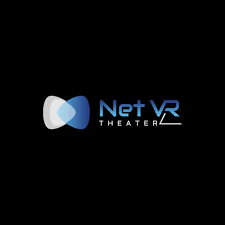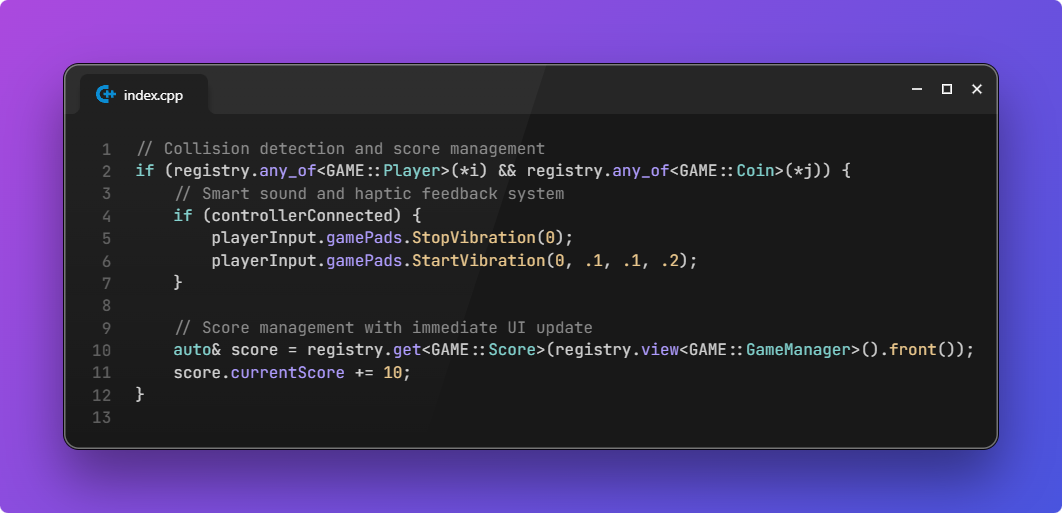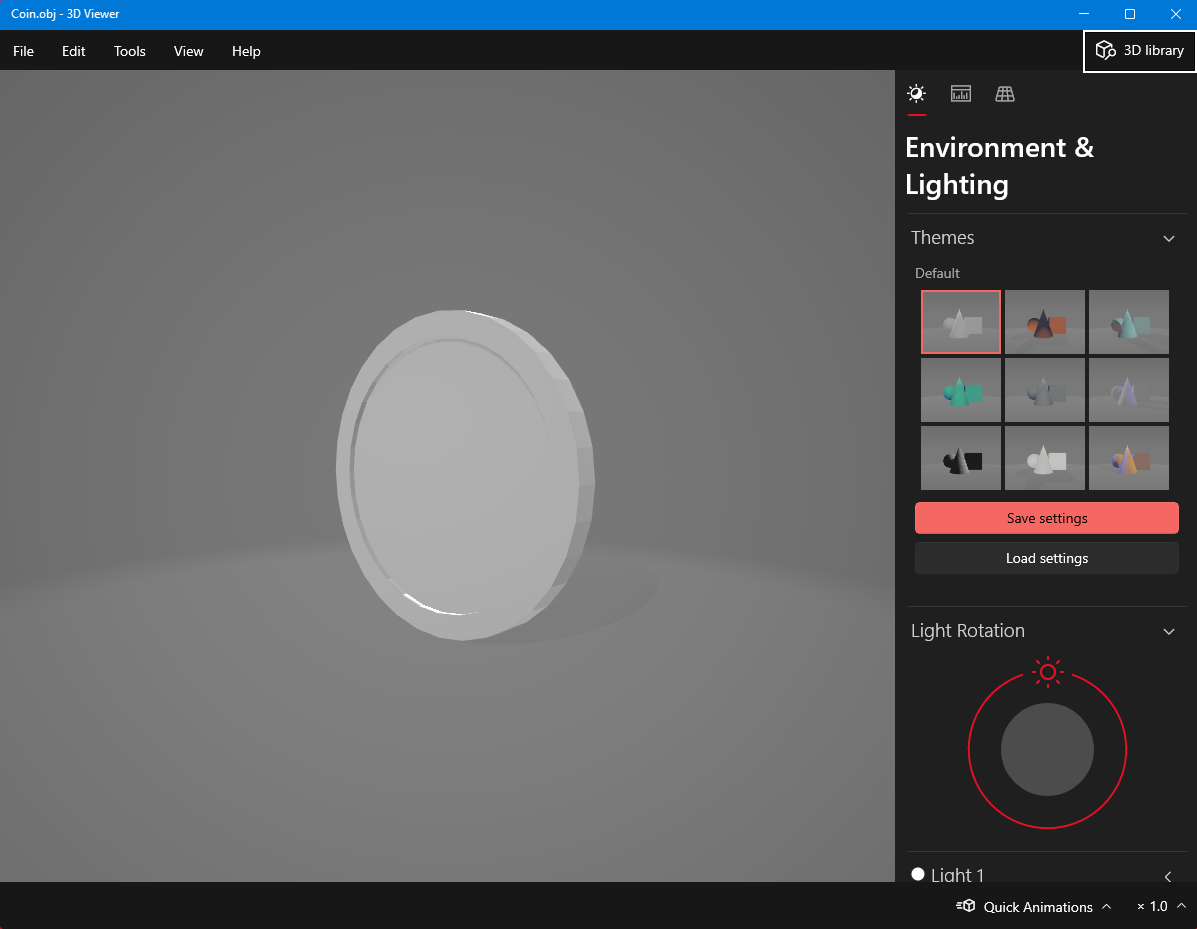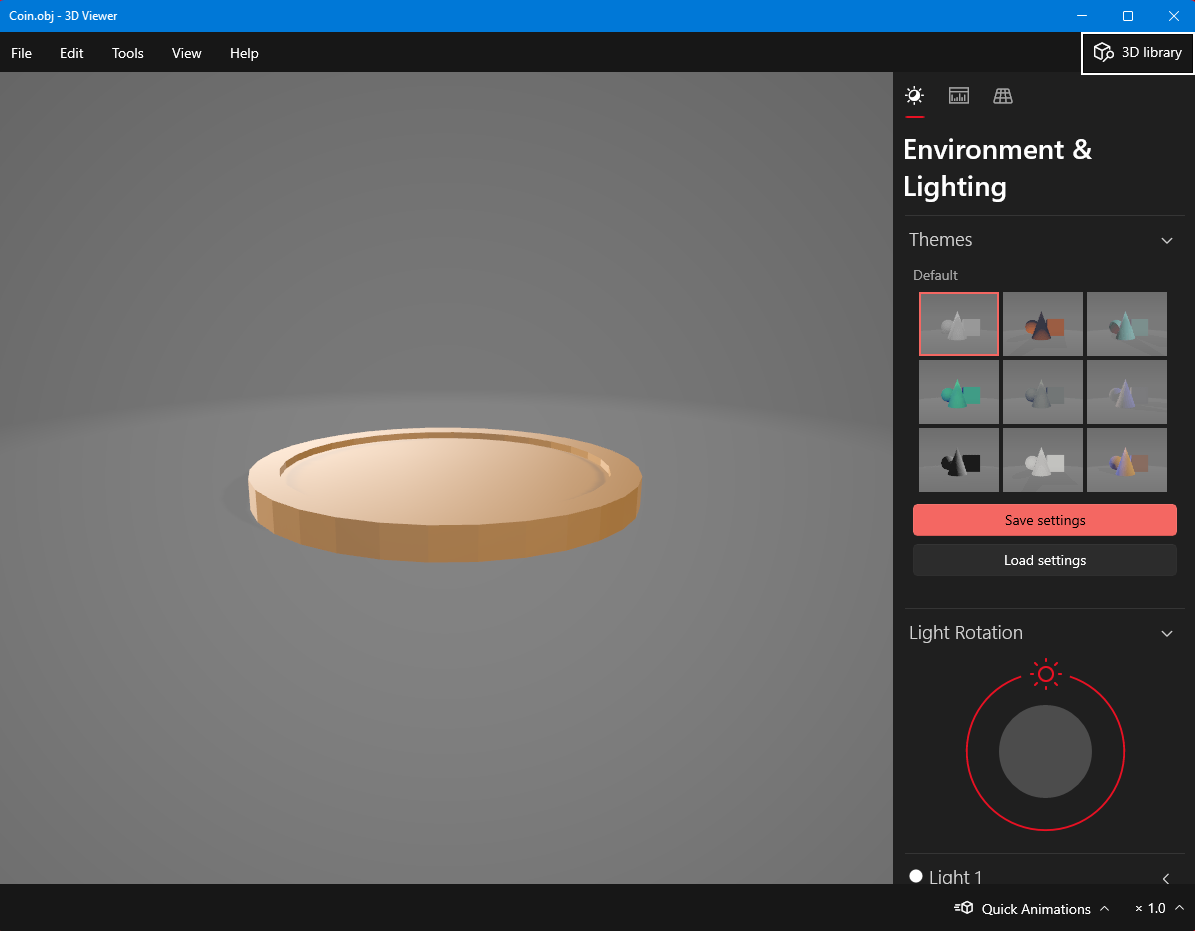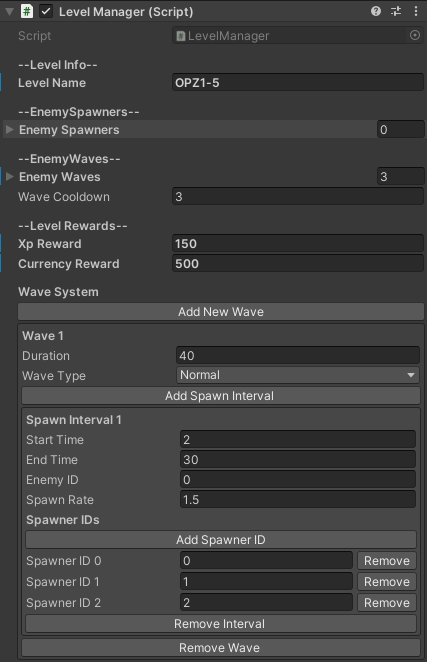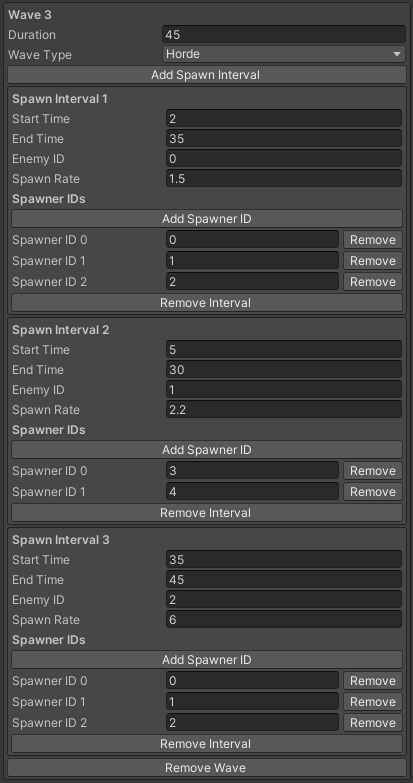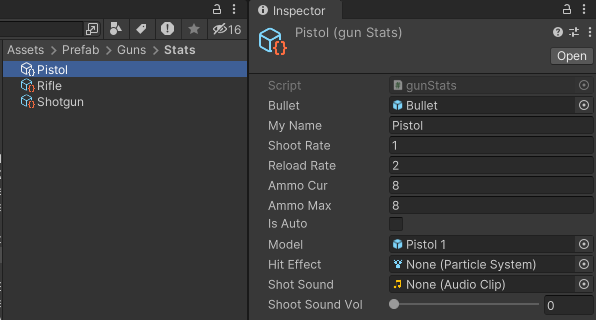Introduction
Era Code is a top-down defense shooter that I developed solo
using Unity as part of my first game jam 'Devtober', where
developers create and submit a game by the end of October. In
this game, players take on the role of a "Decoder" resistance
member fighting against the Synthionix corporation, using a
unique "DECODE Glove" to generate weapons and abilities. The
game combines strategic defensive gameplay with deep progression
systems, challenging players to defend their position against
waves of synthetic enemies called 'Synthoids'.
Weapon Systems & Combat Design
One of my proudest achievements in this project was designing
and implementing a comprehensive weapon system that emphasizes
player choice and progression. Each weapon category (SMGs, ARs,
pistols, rocket launchers, and LMGs) features unique
characteristics including damage outputs, fire rates, and
magazine capacities. I implemented a special slot system where
the first slot is reserved for pistols with infinite ammo as a
reliable fallback option, while the remaining four slots can
accommodate any other weapon type, encouraging strategic loadout
decisions.
The weapon system includes visual feedback elements such as
distinctive bullet tracers for different weapon types, creating
a more immersive combat experience. Each weapon's behavior and
statistics are fully configurable, allowing for easy balancing
and expansion of the arsenal.
Economy & Progression Framework
I developed an intuitive economy system centered around
"Synthium" - a resource players earn through combat and level
completion. This system integrates seamlessly with the weapon
shop and progression mechanics, where players can purchase,
upgrade, and manage their arsenal. The shop interface
dynamically updates to show level-locked weapons, available
upgrades, and ammunition stocks, all tied to the player's
progression.
The inventory system I crafted maintains persistent data across
gaming sessions, tracking unlocked weapons, equipped loadouts,
ammunition counts, and currency. This required implementing a
robust save/load system that preserves player progress and
loadout configurations between levels and game sessions.
Dynamic Wave System Architecture
I engineered a flexible wave spawning system that balances
complexity with designer usability. The system uses configurable
spawn intervals and waypoints, allowing for precise control over
enemy spawn timing, locations, and behaviors. Each wave can be
customized to create varying intensity levels, from methodical
encounters to overwhelming hordes, with clear signaling to
players about wave types (normal, horde, or boss waves).
A key optimization I implemented was streamlining the spawn
interval configuration. Initially requiring individual enemy
spawn definitions, I redesigned the system to use duration-based
spawn intervals with frequency controls, significantly improving
both system performance and level design efficiency.
Advanced Enemy Behavior System
I developed an efficient enemy pathing system that evolved from
a traditional NavMesh approach to a more optimized
waypoint-based solution. This not only reduced level setup time
and memory usage but also provided more precise control over
enemy movement patterns. The system uses predefined paths from
spawn points to attack positions, creating natural-looking enemy
advancement patterns.
To solve the challenge of enemy clustering, I implemented a
sophisticated attack point system with front and back row
positions. This system includes a queue-based position
management algorithm that ensures enemies naturally spread out
along the defensive wall, creating more tactical combat
scenarios while maintaining performance with large enemy counts.
What I Learned
-
Strengthened competency in complex gameplay systems design and
implementation while maintaining clean, maintainable code
architecture
-
Developed skills in optimizing game systems, transforming
complex mechanics into efficient, scalable solutions
-
Gained experience in creating designer-friendly tools and
systems that balance flexibility with usability
-
Enhanced problem-solving abilities through iterative
development and system optimization
-
Strengthened proficiency in Unity's toolset while building
custom gameplay frameworks
-
Learned to effectively manage scope and prioritize features as
a solo developer


